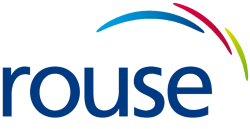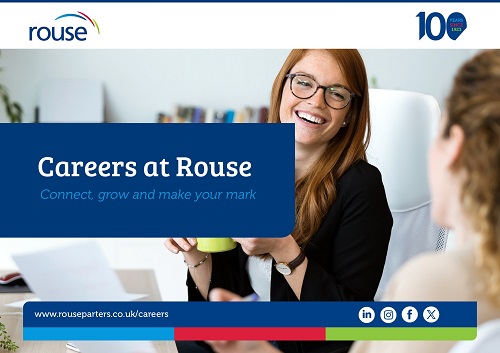The Recovery Loan Scheme opened for applications on 6 April 2021 and is available to businesses affected by the pandemic. This includes those who have already used existing loan schemes (such as the Bounce Back Loan or Business Interruption Loan schemes) and local authority grants.
Under the scheme there is a funding pot of £75bn and it will operate until 31 December 2021, with the main stipulation that the business must have been affected by COVID-19.
The finance can be used for any legitimate business purpose – including managing cashflow, investment and growth. However, you must be able to afford to take out additional debt finance for these purposes.
The Recovery Loan Scheme is also available to businesses who have already borrowed through any of the other COVID-19 loan schemes, but the amount borrowed under an existing scheme may in some circumstances limit the amount available to borrow under the scheme. There is no turnover restriction for businesses accessing the scheme.
How it works
The Recovery Loan Scheme will be available through a number of lenders accredited by the British Business Bank and listed on their website (link at the bottom of this article). They currently include Bank of Scotland, Barclays, HSBC, NatWest, Lloyds Bank, Paragon, RBS, Santander, Skipton Business Finance, Yorkshire Bank, Ebury, Aldermore and Clydesdale Bank. Further lenders may be added shortly.
A key aim of the Recovery Loan Scheme is to improve the terms on offer to businesses, but if a lender can offer a commercial loan on better terms, without requiring the guarantee provided by the RLS, they should do so.
Types of finance
A lender can provide up to £10m as one of the following facilities:
- term loan
- overdraft
- invoice finance
- asset finance
The Recovery Loan Scheme gives the lender a government-backed guarantee against the outstanding balance of the facility, with borrower 100% liable for the debt.
For loans of £250,000 or less, the lender will not take any form of personal guarantee. For amounts over £250,000, the lender has the discretion to decide whether to take personal guarantees.
However above £250,000, the maximum amount that can be covered under RLS is capped at a maximum of 20% of the outstanding balance of the RLS facility after the proceeds of business assets have been applied. Also, no personal guarantees can be held over Principal Private Residences.
How much can I borrow?
The scheme is capped at a total loan facility of £10m per business (maximum £30m per group). Minimum facility sizes vary, starting at £1,000 for asset and invoice finance, and £25,001 for term loans and overdrafts.
There is no turnover restriction for businesses accessing the scheme, however the amount that you can borrow may vary between lenders. As an example, Barclays are offering existing customers a maximum of:
- Up to 25% of your 2019 total turnover, or
- Twice your 2019 (or latest) annual wage bill
- Minus any outstanding amounts you may have on any Coronavirus Business Interruption Loans or Coronavirus Large Business Interruption Loans
The term length will vary depending on the type of finance. For loans and asset finance facilities, terms range from three months up to six years. For overdrafts and invoice finance facilities, terms range from three months up to three years.
The annual effective rate of interest, upfront fee and other fees cannot be more than 14.99%.
The Recovery Loan Scheme Vs CBILS
| Feature | CBILS | RLS |
|---|---|---|
| Loan amount | £50,000 to £5 million | Up to £10 million (or £30 million per group) |
| Term length | Up to six years | Up to six years |
| Government pays first 12 months interest | Yes | No |
| Government pays lender upfront fees | Yes | No |
| Government provides 80% lender guarentee | Yes | Yes |
| Personal guarantee required | Not for loans under £250,000 | Not for loans under £250,000 |
| Minimum trading history | One to two years | No minimum |
| Minimum annual turnover | No minimum | No minimum |
What information is needed to make an application?
Lenders will be required to undertake standard credit, fraud, Anti-Money Laundering (AML) and Know Your Customer (KYC) checks for all applicants. When making their assessment, lenders may overlook concerns over short-to-medium term performance owing to the pandemic. The checks and approach may vary between lenders.
Businesses applying for the Recovery Loan Scheme will need to provide certain evidence to show they can afford to repay the facility. This can include, but is not limited to:
- Historic accounts
- Management accounts
- Business plan
- Details of assets
- A completed application form
We say
Most top tier banks are listed on the accredited panel, so in most cases you should speak to your finance provider or bank relationship manager in the first instance.
Please note that not every accredited lender can provide every type of finance available under RLS, and the amount of finance offered varies between lenders. Further information can be found via their respective websites.
You can see a list of accredited lenders for this scheme on the British Bank website here.

Award-winning chartered accountants offering tax, audit and advisory services.



